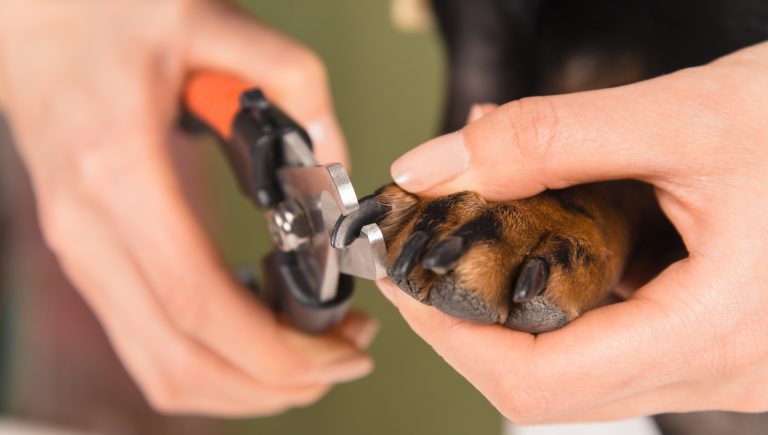Dog Rashes and How to Care for Them
Imagine this: you’re enjoying a peaceful moment with your canine companion, when suddenly you discover an unexpected patch of irritated skin hiding beneath their coat. Your mind races with questions: Is it serious? Does it warrant a trip to the vet? What’s the cause?
Fear not, for I’m about to guide you through the mysterious world of dog rashes. The answers you seek lie subtly within the rash’s color, texture, and location, each a breadcrumb on the trail to diagnosis, treatment, and prevention.
You might confront a perplexing scene of dandruff flakes adorning your dog’s coat. This could signal the presence of Seborrhea, a genetic condition that emerges in puppyhood and accompanies your furry friend through their life. But don’t panic – it’s not a medical emergency. A simple purchase of seborrhea shampoo can ease your dog’s discomfort and minimize the flakiness.
Then there’s dermatitis, another flaky culprit often provoked by allergies. Its hallmark is red skin adorned with light flakes sprinkling the fur. Here, a conversation with your vet can illuminate the allergy at play, shielding your dog from further damage.


Let’s delve into a more sinister zone – mange. This severe skin condition is the brainchild of mites, with two variants: Sarcoptic and Demodectic. Sarcoptic mange, the more contagious of the two, can even be transmitted to humans, although we aren’t suitable hosts for these mites.
Both versions of mange unleash red, itchy skin, hair loss, and sores, with Demodectic mange adding scabbing to the mix. In these cases, a vet’s intervention is vital. They can administer a scabicide, a potent weapon against these parasites, although the battle may last up to six weeks.
You may also stumble upon rashes caused by other parasites like fleas and ticks. Flea treatments are easily accessible, administered orally or via ointment. But remember, your home and yard must also be declared flea-free, lest these pests return.
Ticks, though less infectious, pose a greater threat. They can ferry Lyme disease and spawn nasty infections if overlooked. Extracting a tick requires caution, as any remnants left behind can incite further infection. A pair of tweezers, a steady hand, and a glass of alcohol or hydrogen peroxide for the evicted tick should do the trick.
Armed with the above tips, you should now be better equipped to treat the dog rashes on your furry friend and not have to get into a panic mode anymore! Keep in mind that you should bring your doggy to the vet if you’re still concerned.







